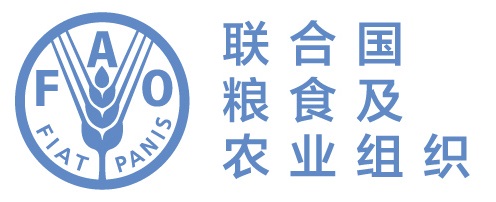Stopping pests before they start: global capacity development to prevent pest damage
Posted on Mon, 03 Jun 2013, 11:10

3 June 2013 FAO''s Agriculture and Consumer Protection Department website highlights the IPPC''s continued work on global capacity development: http://www.fao.org/ag/portal/agp/agp-news/detail/en/c/177092/ Achievements from the Capacity Development Committee meeting and the report can be found here Stopping pests before they start: global capacity development to prevent pest damage The Secretariat of the International Plant Protection Convention (IPPC) has made strides during the past year to design a globally relevant capacity development work plan for the Secretariat and its Capacity Development Committee. This culminated last week in the second meeting of the Capacity Development Committee, in Kuala Lumpur, Malaysia. The IPPC is an international agreement hosted by the Food and Agriculture Organization of the United Nations that includes 178 member countries and last year celebrated its 60th anniversary. The Convention facilitates global cooperation to protect plant resources from pests. Pests such as insects, diseases and invasive plants can devastate natural habitats and agricultural economies. They also negatively impact food security: Pests have a direct effect on food security by reducing crop production and attacking harvested crops. They also affect food security indirectly by reducing market access for exchange of goods, which limits the exchange of food products as well as reduces income that would come from selling agricultural products. Exchange of people and goods throughout the world brings many benefits, but is a key way for pests to move and wreak havoc on plants. Cooperation to prevent the impact of pests will become increasingly important in the years ahead as the volume and complexity of the global movement of people and goods continue to grow. The IPPC provides a globally agreed framework for this cooperation, and national-level capacity for implementation is key to the IPPC s impact in preventing plant damage from pests. To address the importance of national-level capacity, the IPPC s governing body adopted a national phytosanitary capacity development strategy in 2010 after years of consultations with its members. The IPPC then led consultations to discuss roles of the many actors in the global phytosanitary community. This resulted in a global work plan adopted in 2012 that outlines suggestions of activities for everyone from FAO to donors to regional groups to contribute to phytosanitary capacity development. Now the IPPC Secretariat and a globally representative Capacity Development Committee are collaborating to focus on their roles, and coordinating to develop a global approach that can be applied at the national level. At its meeting last week (27 May - 31 May 2013) the Capacity Development Committee identified key points where capacity development would strengthen implementation of the Convention towards the goals to: - Enhance global food security; - Protect the environment, forest and biodiversity from plant pests; and - Facilitate economic and trade development The process of identifying strategic contributions for the Secretariat and Capacity Development Committee has been based on a careful analysis of what countries have identified as areas in need of attention, combined with an assessment of resources that already exist. This process included three key elements: - Analysis of implementation: the IPPC s Implementation Review and Support System (IRSS) project requested input from all of the IPPC s contracting parties on their successes, challenges and gaps in capacity for implementation of the Convention and its standards. The Secretariat and Capacity Development Committee analyzed these global surveys and aims to address the needs and build on the successes identified through this analysis. - Collection and distribution of existing materials: the Secretariat and Capacity Development Committee issued an open call for technical resources on plant protection (including manuals, training materials, photos, and other products). Stakeholders contributed over 300 resources, and these were analyzed to build on existing work and fill the gaps. This call for existing technical resources related to plant protection is ongoing. Anyone in the world can share materials that may assist implementation of the Convention or access the available resources through the Phytosanitary Resources page: www.phytosanitary.info. - Development of new materials: New materials will be developed by teams of experts to incorporate a range of views, and will be available for use and adaptation by all. The topics for these materials were selected based on criteria, including the needs identified through analysis of the IRSS project s survey results and the gaps in available resources identifies through the open call for resources. These new resources are a new component of the work plan that will complement existing resources available to contracting parties of the IPPC. These include the Phytosanitary Capacity Evaluation tool which assists with development of a national phytosanitary action plan. All of these tools provide resources that are globally relevant, in line with the adopted agreements of the IPPC framework, and highly adaptable to the specific needs of individual countries to achieve national-level results.

